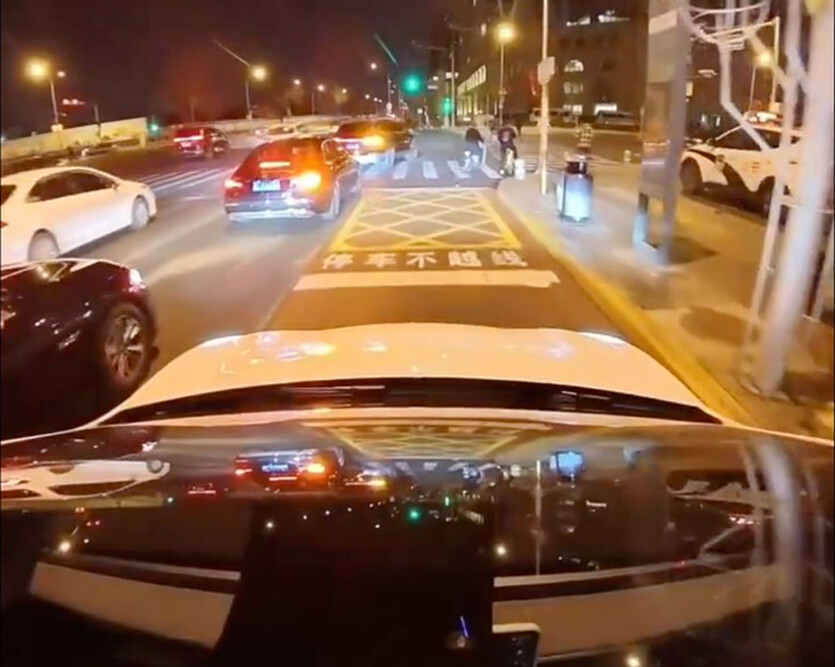
Tesla drivers in China are testing a new Full Self-Driving (FSD) update, but are facing problems: the system violates traffic rules, resulting in numerous fines.
Earlier this week, Tesla began rolling out advanced driver assistance features sold under the FSD brand. However, in China, this feature has a different name — «Autopilot with Automatic Assisted Driving on Urban Roads», as the company is more cautious about using the term «Full Self-Driving» in this country. Worldwide, this feature is known as part of the FSD package.
Tesla’s problems with FSD in China
Tesla has long faced difficulties in implementing FSD in China. The main problems are related to:
- Restrictions on neural network training due to Chinese data control laws (Tesla cannot freely transfer data between China and other countries).
- Differences in road rules, in particular regarding bus lanes and other special traffic zones.
Back in January 2025, Elon Musk warned during a Tesla report that the implementation of FSD in China would be difficult due to local regulations. He gave the example of bus lanes:
«One of the biggest challenges in setting up FSD in China is bus lanes. There are specific hours when you can or cannot drive, and if you accidentally enter a bus lane during a prohibited time — you will instantly get a fine. This is a really serious problem in China».
However, the automatic penalty system doesn’t only work for bus lanes, and Tesla owners are beginning to experience this firsthand.
Tesla owners receive fines for FSD
Many Chinese Tesla owners are testing FSD in live streams on social media and report receiving numerous fines for violating the rules. For example, one driver received 7 fines during one trip because the autopilot drove in the bike lane and performed illegal maneuvers.
Car News China tracked several such broadcasts and user feedback on Chinese social media. The general opinion: FSD drives quite well, but it has many bugs.
What drivers liked:
- The autopilot drives «naturally», i.e. its behavior resembles a human driving style.
What I didn’t like:
- The system does not understand local traffic rules well (for example, prohibiting the use of the roadside or bike lanes for turning).
- Incorrect lane detection — a car may be driving straight in a lane intended for turning only.
- Navigation sometimes shows that the car is in one lane, when in fact it is in another.
- Object perception errors — for example, FSD recognizes red balloons as traffic lights.
In the live broadcasts, viewers even calculate how many fines a Tesla car will receive and how many penalty points on a driver’s license it could mean. In China, a driver’s license is subject to temporary suspension for 12 penalty points.
The Chinese media is now flooded with videos of Tesla running red lights, failing to recognize green lights, or driving in prohibited lanes.
It is worth noting that Tesla has strong competition in the Chinese market in the field of autopilot. Unlike the US or Europe, where FSD has almost no analogues, China is actively developing similar technologies from Nio, Xpeng, BYD, and others. Thus, Tesla is not only struggling with regulatory restrictions, but also has to prove the competitiveness of its autopilot in the world’s most technologically advanced market. So far, it’s not going well.
Recently it turned outreported that Tesla used videos from the Internet to teach self-driving technology to drive in China.
Source: electrek

Spelling error report
The following text will be sent to our editors: